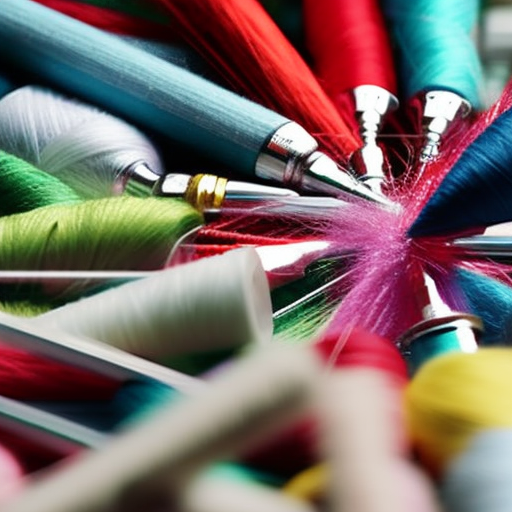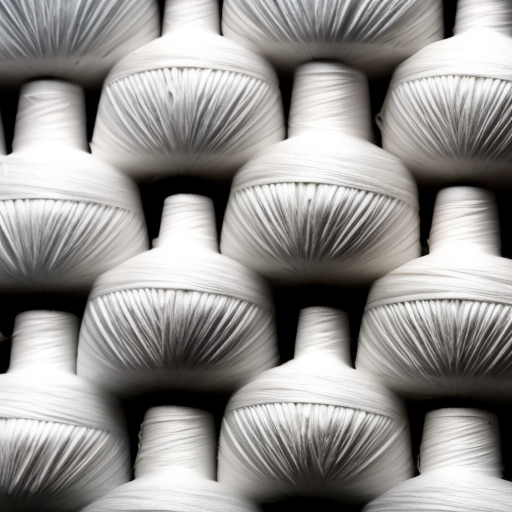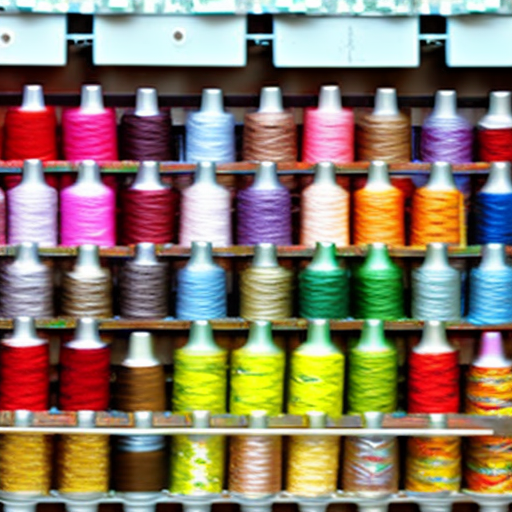
Introduction
Sewing is an enjoyable and fulfilling hobby that allows us to create beautiful handmade items. However, it can be frustrating when the sewing thread keeps breaking. This common issue can hinder progress and be time-consuming to fix. Let’s explore some of the common reasons behind thread breakage and how to avoid them.
1. Wrong Thread Selection
Choosing the right thread is crucial as different sewing projects require different types of thread. Selecting a heavy-duty thread for lightweight fabrics or vice versa can put excessive strain on the thread, causing it to break. Always match the thread weight to the fabric weight to prevent unnecessary breakage.

2. Poor Thread Quality
The quality of the thread plays a significant role in its performance. Using low-quality threads or old, brittle threads increases the chances of breakage. Invest in high-quality threads from reputable brands to enhance the durability and strength of your stitches. Avoid using old or weakened threads by frequently replenishing your sewing supplies.

3. Incorrect Thread Tension
Improper tension can cause the thread to break or produce uneven stitches. Ensure the thread is correctly threaded through the tension discs and sewing machine guides. Adjusting the tension settings based on the type of fabric being used can help maintain a balanced stitch without putting excessive strain on the thread.

4. Needle-related Issues
A damaged or bent needle can cause the thread to break. Ensure you are using the correct needle size and type for your fabric. Change the needle regularly, especially if you notice any signs of wear or if it has become blunt. Sewing with a dull needle can weaken the thread and lead to breakage.

5. Sewing Machine Problems
If you’ve ruled out all of the above factors, it’s possible that the issue lies with your sewing machine. Sewing machines require regular maintenance and cleaning to function properly. Dust, lint, or accumulated debris can affect the thread tension, resulting in breakage. Consult your machine’s manual for instructions on cleaning and maintenance.

Conclusion
By understanding the common causes behind sewing thread breakage, you can take proactive steps to prevent it. Select the right thread, use high-quality threads, check and adjust the tension, maintain proper needle conditions, and keep your sewing machine in good shape. All these measures will contribute to a smooth and enjoyable sewing experience without constant thread breakage.





Try using different needles and threads.
Melanie Smith: What type of fabric are you using?
Kayla Wilson: Make sure you have a sharp needle!
Try cleaning the machine’s bobbin base – it might be filled with lint or debris, causing your thread to break! #SewingHelp
Also, check if the thread tension is set correctly. If it’s too tight it may cause the thread to snap. #SewingMistakes
Thread can also fray and break when going through too many layers, so make sure to adjust the speed of your sewing too. #SewingTips
Make sure you are using the correct type of thread for your project – cotton thread works better for lightweight fabrics, while polyester thread can works best for heavier fabrics. #FabricKnowledge
Use good quality, strong thread to reduce the chances of any further issues. #MendMatter
It also helps to use the right needle size for your type of fabric – bigger needles for thicker fabrics and smaller needles for thinner fabrics. #ThreadNeedles